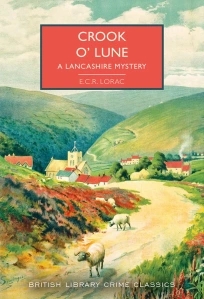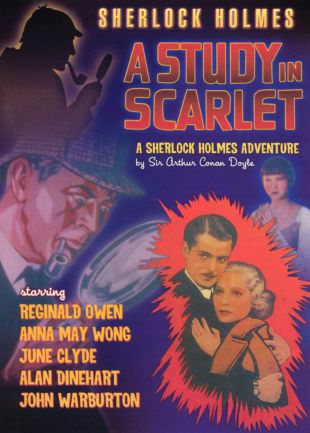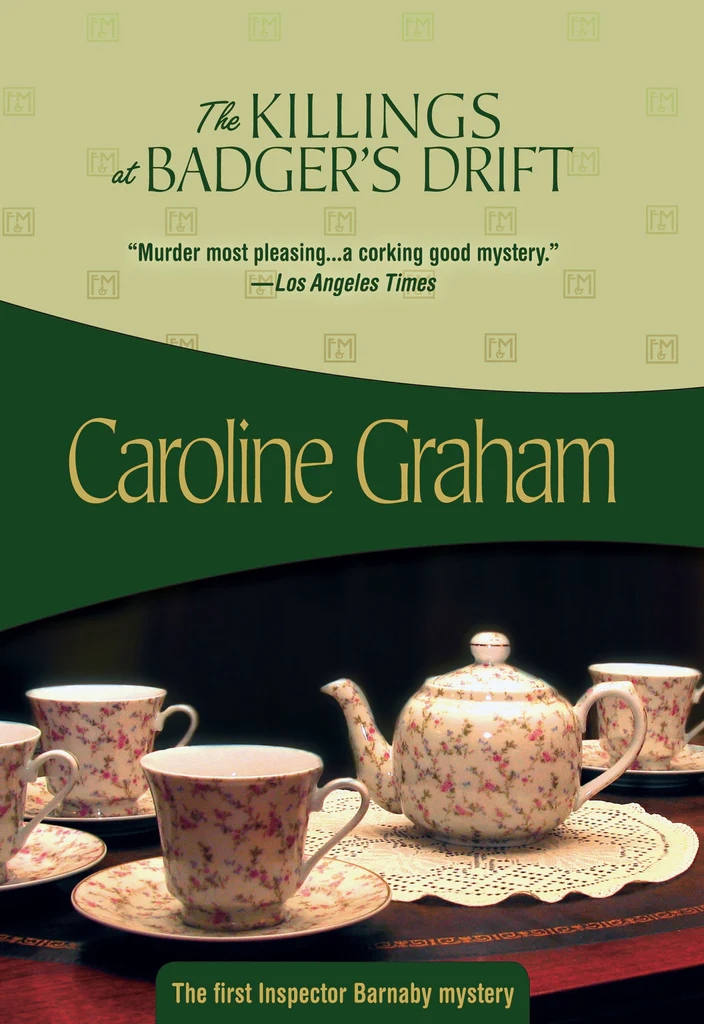
Originally Published 1923
Hercule Poirot #2
Preceded by The Mysterious Affairs at Styles
Followed by Poirot Investigates
An urgent cry for help brings Hercule Poirot to France. But he arrives too late to save his client, whose brutally stabbed body now lies face down in a shallow grave on a golf course.
But why is the dead man wearing an overcoat that is too big for him? And for whom was the impassioned love letter in the pocket? Before Poirot can answer these questions, the case is turned upside down by the discovery of a second, identically murdered corpse.…
This year marks the first time in over twenty years in the US that new titles have entered the public domain. This covers books originally published in the United States in 1923 and one of the most prominent titles on the list is this early Hercule Poirot novel, The Murder on the Links.
I was shocked when I realized that I have not written about a Christie title in over six months so when I saw this piece of news I couldn’t resist dusting off my copy to take a fresh look at it.
The Murder on the Links was the second of Agatha Christie’s Hercule Poirot novels. It followed his first appearance in The Mysterious Affair at Styles which I found an enjoyable read though I felt that the mystery plot was not particularly compelling. I think this novel, though still having some flaws, features a much more interesting and compelling mystery plot.
This novel begins with Poirot receiving a letter from a Paul Renauld who writes requesting his help and asking him to travel to his new home in Merlinville-sur-Mer in northern France. Poirot sets out immediately with his friend Hastings to travel on the overnight train but when they get there they learn that he was found dead that morning. Feeling a sense of obligation to the dead man to honor his commission, Poirot decides to stay and investigate the murder.
It turns out that his body was discovered dead in a shallow grave that had been dug in a patch of ground that would soon be turned into a bunker at a local golf course. He had been stabbed in the back with a letter opener. His wife claims that in the early hours of the morning two masked men broke into their home and tied her up, taking him with them and the French authorities suspect that they may be gangsters from South America but Poirot is unconvinced.
This book strikes me as a more complex and intricately plotted book than its predecessor and one of the reasons is the way this story is set up. Christie provides us with an apparently clear reading of the crime scene supported by physical evidence and witness testimony and yet Poirot spots the small details that suggest that the crime scene has been managed and that something else may be going on here.
The way Christie does this is quite masterful, emphasizing the logical flaws and in one particularly brilliant observation the absence of a piece of evidence that ought to be there. This showcases Poirot’s attention to small details and is an early source of tension between him and Giraud of the Sûreté.
The antagonistic relationship between Poirot and Giraud is one of the joys of this novel for me and I think it helps bolster our sense of Poirot’s brilliance. Giraud certainly makes mistakes and reaches for an easier or more obvious reading of the crime scene and the facts but he is not stupid and we understand that he is a character that is regarded as being at the top of his profession. By creating a competition between the two men which it is hardly a spoiler to reveal Poirot will win makes him seem only more brilliant and builds a sense of his unconventionality which here is identified as lying in his supposedly old-fashioned approach to the art of detection.
At the same time, I think this is a crime scene where we cannot blame Giraud for his errors because it is quite intricately set up. We are given a surprisingly large amount of information in these early chapters and one complaint I have heard is that this makes this chapter feel quite dense. I have no problems with this however because unlike his previous case the important thing here for the reader to solve it is to understand the narratives and psychology implied by the evidence.
Where I think the critics have more of a point is in the argument that Christie incorporates some information about a previous case inelegantly, dropping a hefty amount of back story that takes up a whole chapter before resuming the story in the ‘present day’. I certainly think this is awkwardly structured and a little jarring but I have no inherent problem with a past case being relevant to the present one. After all Murder on the Orient Express similarly requires us to learn about a historic crime and no one really holds it against that novel. I consider it a perfectly fine idea, just inartfully executed.
The historical crime described here is a little complicated and messy in its application to the ‘present day’ case which I suspect to be part of the reason it does not sit quite as well with readers. Certainly I think it adds an additional layer of complexity to some of the character relationships, making it once again feel like quite a dense chapter to unpick. It may perhaps have worked better had Poirot explained it to Hastings in dialogue, putting emphasis on the most important details.
I am less forgiving of the way Christie uses Hastings here. I have no problem with using him as light comical relief but this story requires him at several points to act thoughtlessly, becoming a liability to Poirot and the investigation. In the end no lasting harm is done and yet I find it hard to believe that Poirot would ever be able to trust him on future investigations based on his conduct here. In other stories Christie will often balance any moments of buffoonery with some action or observation that sets Poirot back on track but there is no such moment here and I am struck by how small a contribution he makes to solving the case.
Still, that solution to the case is clever and I did enjoy the final few chapters of the book a lot. I think it does showcase Poirot’s talents well and I did appreciate the story’s French setting which also helps give a sense that Poirot is sufficiently good at what he does that he can command interest in clients from all over the world, further building our belief in his abilities. It is, in my opinion, a big step up for Christie and Poirot although it would soon be overshadowed by his next appearance in The Murder of Roger Ackroyd.
Vintage Mysteries Challenge: Death by knife/dagger/etc. (How)




Leave a comment